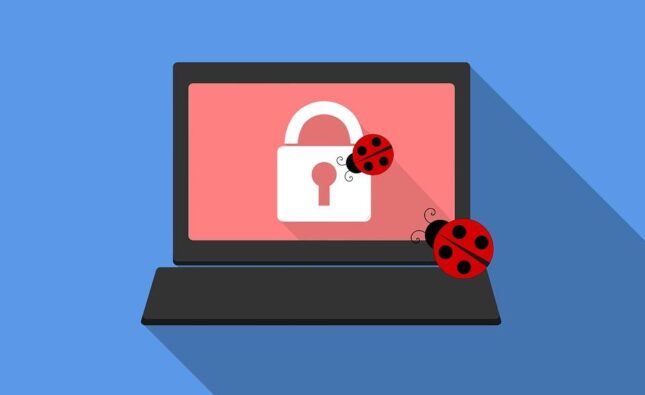
Software Support And Maintenance
Isn’t it serious that we must give importance to the software support and maintenance services like other services? This practice has a lot of contribution in saving our developed software in live or production environments. Such as dealing with vulnerabilities, cost issues, stability, software lifespan, and many more. In the current era of 2024, the user’s demands are as unique as the innovative innovations being introduced in the market. The more the demands of applications development markets are increasing the more we should focus on considering support & maintenance. The research data by Grand View Research highlights the same aspects.
 Source: Grand View Research
Source: Grand View Research
As shown in the above figure, the global application development software market was valued at USD 131.4 billion in 2020. That is expected to grow with a compound annual growth rate of 22.8% in the timeframe of 2021 to 2028. This is a clear indication of the software support & maintenance services offered by various organizations. In this guide we will explore the essential aspects of software support and maintenance services. Its two parameters will be the types and models of this technique.
Software Support & Maintenance Services Types
When you have project requirements that expect an outcome, all free from any disturbances in the working environment. Software support and maintenance services become more important to consider. In this section, we can learn about the major types of software maintenance.
1. Preventive Maintenance
This type of maintenance practice is defined as a proactive approach that works on taking preventive measures. And results in avoiding potential failures that are expected to occur in the external environment. In this, the business operations would not be affected by the emergence of faults. This kind of practice involves the identification and fixing of bugs within the working software, code optimization, and the upgradation of requirement documents.
2. Corrective Maintenance
This kind of support & maintenance works on a reactive phenomenon that completely depends on users or on monitoring systems. In which both the user and monitoring system recognize the issue the software is facing and affecting its ongoing operation. This process involves diagnosing, identifying, and fixing the software issue that is damaging software functionality. The occurrence of these issues can result in a negative impact on different software parts such as user interface, backend functionalities, and crashing of the software.
3. Adaptive Maintenance
As the name suggests, this software maintenance works on adapting the new business demands and technicalities that are favorable to the business from a security perspective. Along with this, it holds the objective of keeping the software ready to handle vulnerable situations with some effective qualities. Such qualities are compatible functionality, flexibility to operating systems, proper hardware maintenance, fulfillment of user demands, and follow-up of regulatory & compliance requirements.
4. Perfective Maintenance
In this type of software maintenance, three parameters are taken care of and managed. These are solving the issues related to functionality, performance, and usability. It involves identifying and addressing the issue within the software where performance can be optimized. For example, speeding up the execution times, reducing memory use, or addition of new features to fulfill the software requirements.
Software Support & Maintenance Services Models
The practice of software support & maintenance service is essential for every business that keeps the software product secure, and continuously updated. In this section, four major models of this maintenance technique will be discussed and these are mentioned further.
1. Quick-Fix Model
As the name suggests, this model works quickly solving the identified issues and making the software resume work again. It aims to provide faster responses that do not lead to unexpected operational delays. This results in benefits like fixing problems promptly and reduction of overall cost or cost-effectiveness.
2. Iterative Enhancement Model
This maintenance model uses an iterative manner for constructing the software or interactive mobile app development concept. This means that the development teams keep on improving the software quality with incremental changes. This process involves proper documentation and regular refining of the software. Having the purpose of integrating new features and evolving user needs.
3. Reuse Oriented Model
This type of software maintenance model focuses on reusing the existing software components or modules that are in good condition. This results in improving the maintenance and efficiency of the software. Along with this it reduces development time and cost with the presence of existing components.
4. Boehm’s Model
This model is accepted by many organizations in the current times, this focuses on an iterative approach, risk management, and continuous improvement. All three at the same time ensure effective management of complexities in software maintenance and reliable software procedures.
Conclusion
In the current times. Software development is continuously increasing, as we saw in the research statistics. But will it be worth it without any maintenance of course the answer is no. This guide presented the importance of software support and maintenance, in which we discussed its types and as well as models. Explore this set of information and skip this mindset that your software can survive in this cruel environment of cyber attacks without maintenance.











